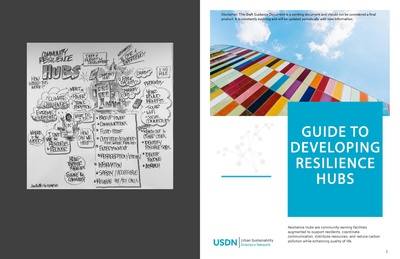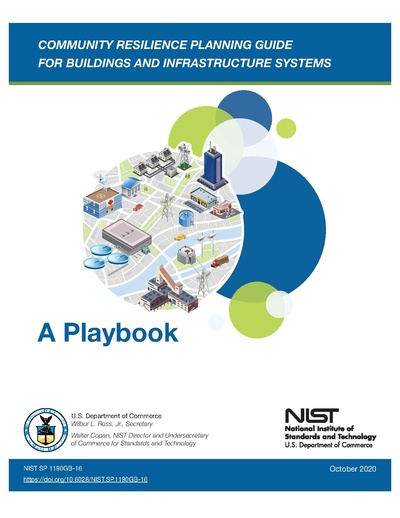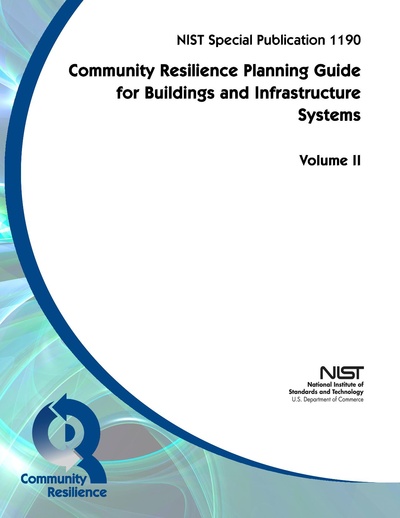Resilience HUB - NIST Guide
| Resilience HUB - NIST Guide | |
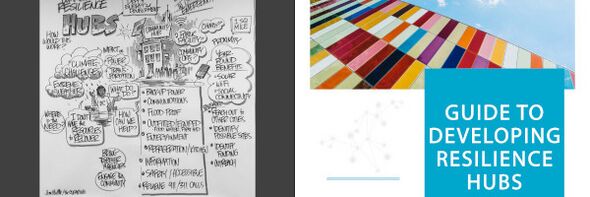 Resilience HUB - NIST Guide | |
| Team Organizations | SmartBuilding |
| Point of Contact | Therese McAllister |
| Participating Municipalities | Gaithersburg MD |
| Sectors | Buildings Public Safety Wellbeing |
| Initiative | |
| Status | Development |
| Last Updated | December 15, 2025 |
Summary
Natural, technological, and human-caused hazards take a high toll on communities, but the costs in lives, livelihoods and quality of life can be reduced by better managing disaster risks. Planning and implementing prioritized measures can strengthen resilience and improve a community's abilities to continue or restore vital services in a more timely way, and to build back better after damaging events. That makes them better prepared for future events and more attractive to businesses and residents alike.
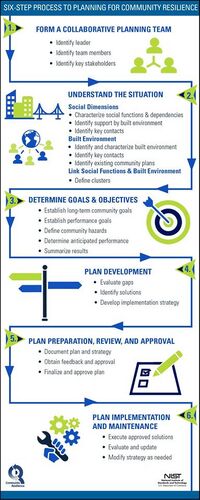
The NIST Community Resilience Planning Guide for Buildings and Infrastructure Systems (Guide) and companion Playbook provides a practical and flexible approach to help all communities improve their resilience by setting priorities and allocating resources to manage risks for their prevailing hazards. Volume I of the Guide describes the six step planning process and provides a worked example to illustrate the process. Volume II is a resource that describes how to characterize the social and economic dimensions of the community, dependencies and cascading consequences, and building and infrastructure performance. Using the Guide can help communities to integrate consistent resilience goals into their comprehensive, economic development, zoning, mitigation, and other local planning activities that impact buildings, public utilities, and other infrastructure systems.
The Guide's six-step process helps communities to think through and plan for their social and economic needs, their particular hazard risks, and recovery of the built environment by:
- Setting performance goals for vital social functions—healthcare, education and public safety—and supporting buildings and infrastructure systems - transportation, energy, communications, and water and wastewater
- Recognizing that the community's social and economic needs and functions should drive goal-setting for how the built environment performs
- Providing a comprehensive method to align community priorities and resources with resilience goals
